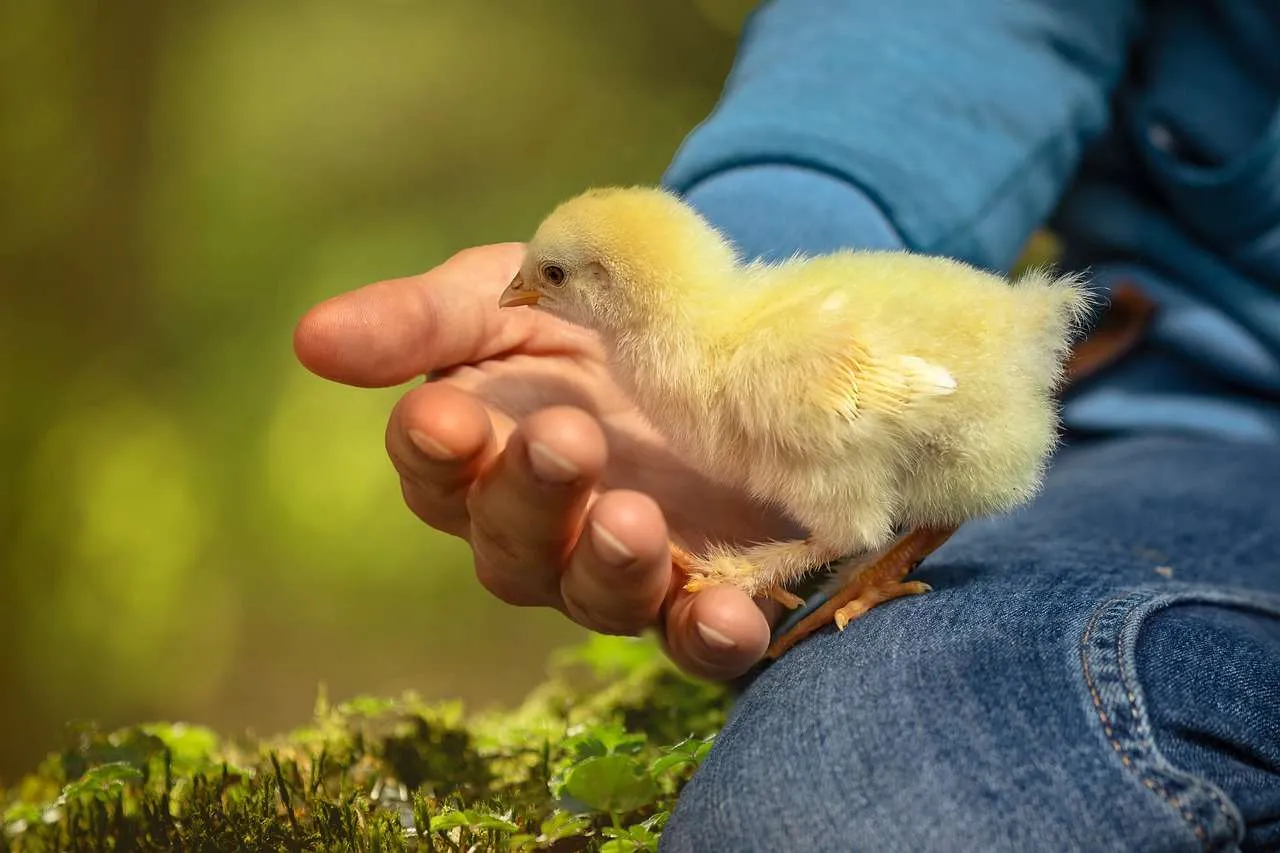When you enter the breeder’s home or aviary, do not be surprised if you are asked to remove your shoes, wash your hands and arms, and perhaps even don an apron or coverall. This is to keep diseases, which can often be carried on clothing, shoes, and skin from being transmitted into the aviary. Many breeders don’t allow visitors into their actually breeding rooms, to keep from upsetting birds in nest boxes.
Don’t be offended if you aren’t allowed to see the parents of your baby. But look around-is the rest of the operation clean? Are there pet birds present? If so, do they look healthy and well-cared for? If these things don’t look right to you, you should probably consider going elsewhere to buy your bird.
There are things you should look for in buying a bird. Check the nostrils, and make sure there is no wet or sticky discharge. The eyes should be clear with no runniness or wet feathers around them. For parrot-type birds, the feet should have 4 toes each, two pointing forward, two back. (For canaries and finches, there are 3 toes pointing forward, one back.) Although a missing toe or nail will not affect a bird’s ability to be a loving pet, it might affect future fertility in breeding if that’s what you have in mind. The area around the vent (the bird’s rectum) should be clean with no droppings in the feathers.
The facial feathers of a baby bird might have some small amounts of caked-on formula from hand-feeding, but if there is a lot of buildup, this might indicate a sloppy hand feeder who isn’t careful about cleaning up the babies. Feel the chest area-babies may feel a bit thin immediately after weaning, but you should feel meat on the ribs, and the keel (center of the breast bone) should not be very sharp. Listen to the breathing-if the bird is wheezing or whistling as it breathes normally, this could indicate a respiratory problem.
Check the feathers-baby birds should have fresh, soft feathers. If they appear extremely worn or if many are missing, this could be a sign of a health problem. The exception to this is tail feathers-many baby birds raised with multiple clutch mates tend to chew on each other’s tails in play, causing them to look rather ratty until they molt and grow in new ones.
I always believe in letting the baby choose the owner. If there is more than one baby in a clutch, play with them all (be sure to wear clean clothing to the breeders, and wash your hands first; many breeders are concerned about disease transmission). Watch the babies carefully-often, one special one will be more attracted to you than the rest. That would be the one to take if it passes the visual health exam mentioned above.
Ask the breeder about a health guarantee. You should have at least a week to take your new baby to a vet for a full checkup and be able to return it or get vet bills reimbursed by the breeder if a health problem is found. If the breeder won’t give you that long, don’t take the baby.
Responsible breeders should stand behind the health of their babies when they first leave the aviary, and should cover anything that is found on the initial post-sale vet checkup. Please understand that once a baby has been out of the aviary for more than a few days, it may pick up diseases from other places-expecting a breeder to give a long-term health warranty on a bird is unrealistic.
